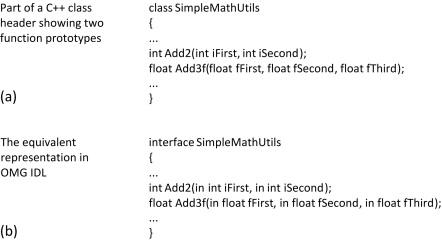Golfers often struggle to hit high, soft bunker shots. They may hit the ball too hard, causing it to fly over the green, or they may hit it too softly, causing it to land short. There are two simple keys to hitting a successful bunker shot. First, the golfer must take a shallow divot. This will help to get the ball out of the sand and up into the air. Second, the golfer must swing smoothly and slowly. This will help to prevent the ball from flying too far or too short.
Selecting the Right Club and Grip
Choosing the appropriate club is crucial for achieving optimal distance and trajectory. Generally, a lob wedge or sand wedge with a wide sole and high bounce angle (10-12 degrees) is recommended. These clubs are designed to easily glide through the sand and produce high, soft shots.
As for the grip, use a strong grip to prevent the face from opening excessively. Place your top hand (left hand for right-handed golfers) first, with the crease of your thumb centered on the top of the grip. Your bottom hand (right hand) should overlap your top hand by two fingers, forming a V-shape with the tips of your thumbs.
For increased control and consistency, try using a “closed” grip, where your hands are rotated clockwise by a few degrees. This grip helps keep the face square through impact, preventing the ball from drifting off to the right. lightly grip the club with your fingers to promote a relaxed and fluid swing.
Perfecting Swing Path and Ball Contact
Conquering the Bunker:
Unleashing Power and Control
Mastering the bunker shot requires not just the right equipment but also exceptional skill. Two crucial elements to a successful execution are the swing path and ball contact. Follow these simple steps to achieve the ideal trajectory and distance:
1. Swing Path: Ideal Angle of Attack
Imagine a clock face with 12 o’clock being straight up. For a high, soft bunker shot, you want to approach the ball between 2 and 3 o’clock on its downward path. This will create an upward swing that launches the ball into the air without overspinning it. Avoid hitting the ball directly under the equator of the clock face, as this will result in a low, powerful shot that may not reach the green.
2. Ball Contact: A Gentle Kiss
The key to soft contact is brushing the sand gently with the clubface just after its impact with the ball. Aim to make contact about 2 centimeters behind the ball and sweep it upwards. This will create a cushioned effect, reducing spin and producing a high, soft trajectory that will settle gently on the green.
Practice Makes Perfect:
| Practice Drill | Benefits |
|—|—|
| Sand Wedge Swing Practice: Focus on maintaining the proper angle of attack and ball contact at varying distances. | Improves consistency and muscle memory. |
| Bunker Shots with a Target: Set a target flag at various distances and practice hitting high, soft shots that land near it. | Develops accuracy and depth perception. |
| Play Bunker Holes on the Course: Take your skills to the real world and experience the challenges of actual bunker hazards. | Builds confidence and prepares you for on-course execution. |
By dedicating yourself to perfecting your swing path and ball contact, you can conquer the bunkers and unlock a whole new level of success on the golf course.
Mastering the High, Soft Landing
Keys to Achieving a Perfect High, Soft Bunker Shot
To ensure the ball lands softly near the pin, the first key is to control the trajectory. With the ball positioned slightly ahead of the middle of your stance, play it off an open clubface. Open the clubface by weakening your grip, allowing the shaft to point slightly to the right of your target line (for right-handed golfers). The open face will create backspin, lifting the ball high into the air.
Secondly, focus on speed control. Bunker shots require a controlled swing. Start with a short backswing, and use a smooth, accelerating motion through the impact zone. Aim to hit the sand behind the ball, creating the loft and cushioning needed for a soft landing. Practice different impact depths to master ball trajectory and spin.
mastering these two fundamental keys will significantly enhance your ability to conquer high, soft bunker shots with ease and consistency. By maintaining a steep angle of attack and utilizing the bounce of your golf club, you can elevate the ball out of the sand trap with a towering trajectory, landing it softly on the green. Armed with this newfound knowledge, you’ll be equipped to navigate bunker challenges with unparalleled confidence and precision, paving the way for improved scores and a more fulfilling golf experience.





